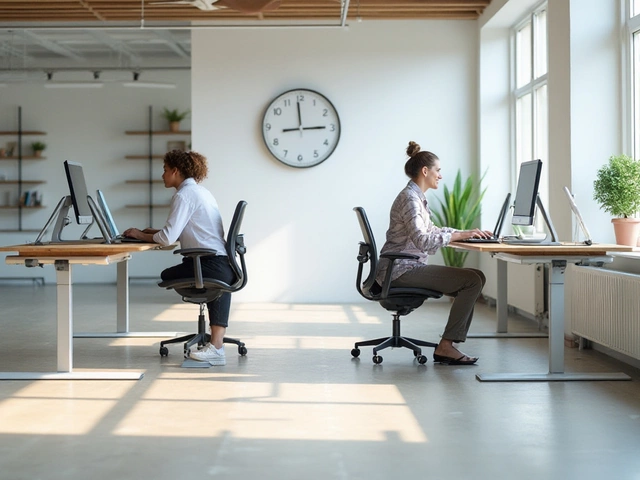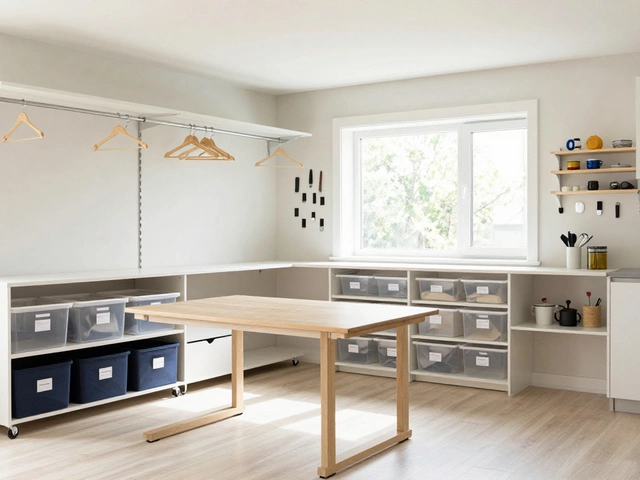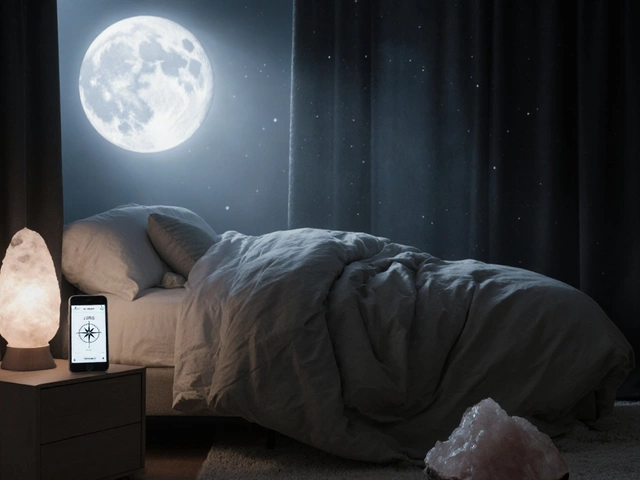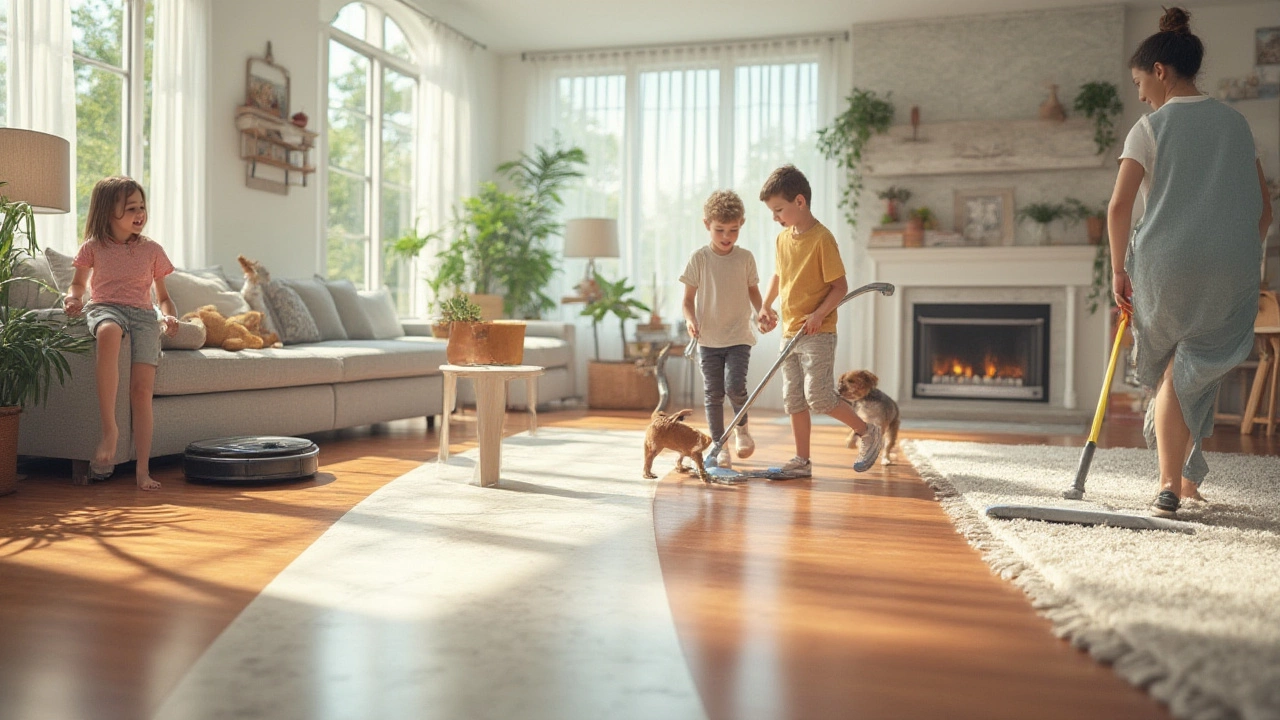
Ever feel like your mop and vacuum are getting more action than your favorite streaming service? At my house, with my kid Aldric running laps and a dog that sheds like it’s getting paid, I thought I’d seen every trick the floor had to offer. One day, staring at crumbs, muddy footprints, and a mysterious sticky spot, I started to wonder: is there really a floor out there that stays clean with almost no effort? Spoiler: some options stand out, but nothing’s 100% magic. That said, if you know what to look for, you can save yourself hours of cleaning each month—and skip the endless battle with the dust bunnies.
What Makes a Floor Easy to Keep Clean?
Before we start naming names, let’s dig into what makes a floor truly low-maintenance. If a floor doesn’t trap dirt, is smooth enough to sweep, and stands up to spills without stains or warping, you’re onto something good. The surface texture is a big deal. Floors with lots of deep grooves, grout lines, or uneven finishes grab dirt and crumbs faster than my son grabs the last cookie. The material's porosity matters, too—porous surfaces, like some types of natural stone or old wood, can soak up liquids, leading to stains and sticky patches that only elbow grease or professional cleaning will fix.
Durability plays a part. If you need to coddle your floor to keep it looking nice, you’ll just spend more time fussing. For parents, pet owners, or anyone who’d rather be doing something fun, scuff resistance counts. High-traffic areas especially benefit from tough finishes that shrug off scratches or muddy shoes without fuss.
And here’s a fact you might not know: color and pattern can fool the eye—darker floors tend to show dust and pet hair more, while solid light colors make stains and every speck of dirt stand out. Slightly varied or mid-toned floors, especially with subtle patterns, actually camouflage mess better. So, the secret formula for easy cleaning: hard surface, no deep texture, non-porous, tough as nails, and forgiving color tones.
The Best Flooring Options for Easy Cleaning
So, which floors come close to that dream combo? Let’s get into the real-world options—stuff you’ll find at your local store, not just in fancy showrooms or on perfect Pinterest boards.
First up is ceramic or porcelain tile. These have been favorites for generations, not just because they look good, but because they’re like Teflon for dirt. As long as the grout lines are tight and sealed,*tile* stands up to just about anything—spilled juice, muddy shoes, or pet accidents. But keep an eye on older or wider grout lines; they can start to trap gunk unless you reseal every couple of years. Some new lines of “rectified” tile minimize grout lines to almost nothing for exactly this reason.
Luxury vinyl plank (LVP) has boomed in the last decade for a reason. It mimics wood, stone, and even tile, but with a waterproof, seamless surface and a cushy feel underfoot. It’s also cheap to install and can handle dragging furniture, toy cars, and even a dropped frying pan (don’t ask). Most LVP is fully waterproof, so you don’t have to panic during spills.
Another contender is laminate. Recent improvements mean top-tier laminates now resist water and scratches almost as well as LVP. They snap together, hide mess in realistic wood grains, and are a cinch to sweep. Just don’t let water pool on the seams, or you could see swelling or damage over years.
Sheet vinyl isn’t just for rental kitchens anymore. Modern rolls come in stylish looks and are completely seamless, so there’s nowhere for dirt to hide. Clean it with a broom, mop, or even a Swiffer, and it’s good as new.
Polished concrete is showing up in more homes, especially in lofts and basements. It’s not super cozy on bare feet, but you won’t find any easier surface for cleaning. Spills wipe up in a blink, and if you seal it every few years, stains and scratches never stand a chance.
| Floor Type | Ease of Cleaning | Average Yearly Maintenance Cost (USD) | Water Resistance |
|---|---|---|---|
| Luxury Vinyl Plank (LVP) | Excellent | $40 | Waterproof |
| Ceramic/Porcelain Tile | Excellent | $30 (for grout sealing) | Waterproof |
| Sheet Vinyl | Very Good | $25 | Waterproof |
| Laminated Wood | Good | $35 | Water-resistant |
| Polished Concrete | Excellent | $50 (resealing) | Waterproof when sealed |
| Natural Stone | Fair | $70 (sealing, cleaning products) | Moisture-vulnerable |
What about hardwood? Real wood is classic, but finicky. While surface-sealed hardwood is easier to clean than older waxed or oiled boards, it doesn’t handle water or heavy abuse. If you’re set on wood look, LVP or tile designed to look like planks is almost maintenance-free in comparison. Carpet, as you probably guessed, is at the bottom of the list here. Even those “stain resistant” promises rarely hold up to real life. Hair, crumbs, dirt—all get ground in deep, and vacuuming only does so much.
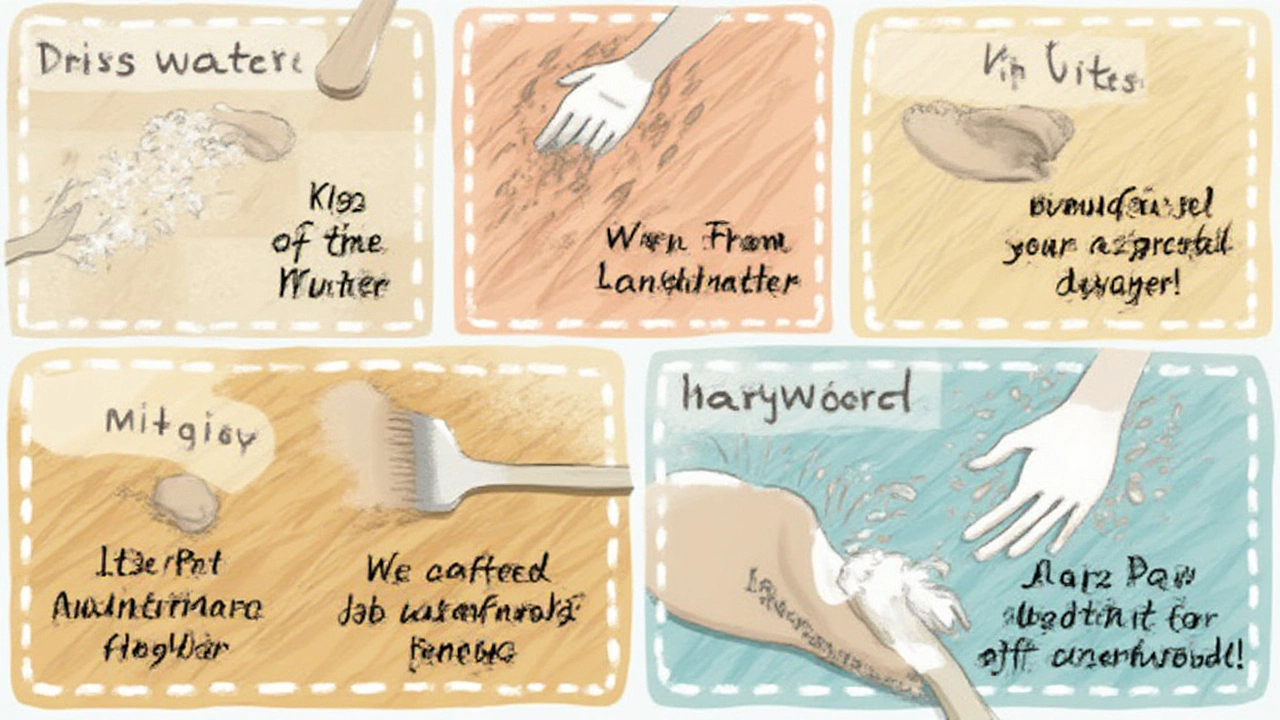
Tips to Keep Your Floors Cleaner With Less Effort
Let’s get practical. Once you’ve got an easy-clean floor down, you can do a few other things to stretch out those between-cleaning good vibes. Start with mats—one at every entry, both outside and in. This single move knocks out about 80% of the dirt and dust that would otherwise end up everywhere. Shoe policies are controversial, but honestly, a “shoes off at the door” rule makes a massive difference. You don’t have to nag your guests; just put a rack and a cheerful sign by the door.
Robotic vacuums aren’t just a gimmick anymore. They do a shockingly good job on hard floors, sliding under couches and reaching places regular vacuums miss. Even with a chaotic schedule, setting your bot loose a couple of times a week will keep dust and pet hair at bay. Choose one that’s smart enough to handle hard floors—some even mop up sticky messes.
Don’t underestimate “spot cleaning.” If you see a splash or sticky patch, hit it right then. On slick, sealed surfaces, a damp microfiber wipe works better than mops or paper towels. For bigger messes, a spray bottle with warm water and a dab of mild dish soap beats fancy cleaners most days.
If you have tile or vinyl, switch to a soft-bristled broom and a microfiber mop. Keep a vacuum with a hard floor setting for crumbs and grit, but most days a quick sweep does the trick. Avoid overly wet mops on laminate—water seeping between planks is their kryptonite.
Pet owners, listen: invest in a good lint roller or a rubber broom for fur, especially on slick floors where hair floats around. At my place, a stiff bristle brush by the door curbs muddy paw prints before they get far.
- Place doormats at every entrance, inside and out.
- Adopt a shoes-off policy indoors.
- Use robotic vacuums for frequent cleanups.
- Keep cleaning supplies handy for fast spot touches.
- Sweep and wipe regularly with microfiber tools.
- Rubber brooms for pet hair on hard floors.
- Avoid over-wetting laminate and hardwood.
Here’s something few people know: your HVAC system can mess with your floors. Leaky vents or dusty filters blow debris around and make it settle faster. Keep your air filters fresh, and you’ll fight less dust everywhere, including the floor.
Cleaning pros also swear by scheduled deep cleans, even for easy floors. Once a month, give your floor a little love—a thorough scrub, grout touch-up, reapplying polish or sealant if it makes sense. It sounds tedious, but with low-maintenance materials, these sessions go quick and keep everything looking sharp for years.
How to Pick the Right Easy-Clean Floor for Your Home
Here’s where it gets personal. The “easiest” floor depends a lot on your lifestyle, pets, region, and even your tolerance for stray dirt and streaks. If you’ve got kids and pets tearing through the house like it’s a racetrack (trust me, I know the feeling), waterproof luxury vinyl plank or porcelain tile will probably be your best friend. If you want zero seams, sheet vinyl or poured concrete have the fewest places for muck to hide, making them a dream to mop.
Got a lot of allergies in the house? Hard surfaces help, but also think about finishes that don’t hold onto dust. If you’re picky about looks, get samples of LVP, laminate, or tile in your favorite colors and throw them on the floor for a week. Watch which one hides footprints and snack crumbs best. Sometimes, a plain gray or tan looks tidy for days, while pure white or jet black shows every speck.
If you want something a bit softer and warmer underfoot but less mess-prone, check out cork flooring with a durable sealant. It’s not as bulletproof as tile or LVP, but it has a forgiving feel and muted patterns that do a great job hiding odds and ends.
Climate matters, too. In dry climates, dusty footprints and static can make hard floors feel like a magnet for everything. In humid spots, water resistance is a must. Polished concrete and porcelain don’t mind a bit of moisture, but cheap laminate or unsealed wood can warp or buckle if things get damp.
- If you move a lot, want quick updates, or have messy hobbies, choose LVP or sheet vinyl—both peel up easier than real wood or tile.
- For allergy fighters, stick with tile, sealed wood, or LVP—avoid carpet entirely if possible.
- Design nuts who need a custom look but easy cleaning should check out printed LVP or large-format tile in creative patterns.
Want to hear something wild? According to a survey by the National Association of Home Builders, 74% of new homeowners list “low maintenance flooring” as their first priority, just edging out “natural lighting” and “energy efficient appliances.” People are tired of cleaning! It’s one trend that’s definitely here to stay.
There’s no one-size-fits-all winner, but the right choice absolutely makes life with kids, pets, and daily chaos easier to handle. A little research, and you’ll be spending more time enjoying your space—and a lot less time hunting for the mop.

